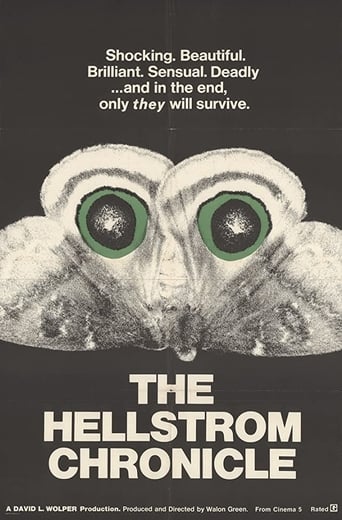
05 May 1971

The Hellstrom Chronicle
A scientist explains how the savagery and efficiency of the insect world could result in their taking over the world.
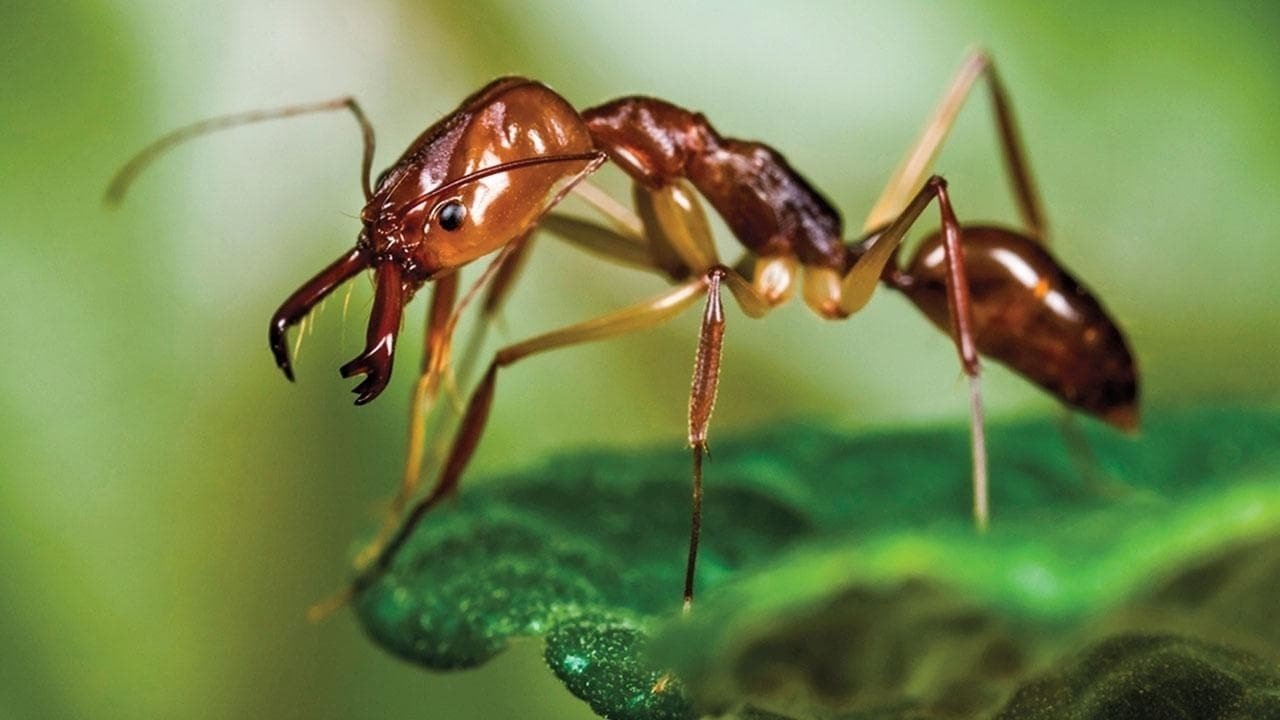
UNIVERSUM cameraman Wolfgang Thaler and Bert Hoelldobler, a leading authority on ants, bring us face-to-face with the mysterious world of these social insects.

05 May 1971

A scientist explains how the savagery and efficiency of the insect world could result in their taking over the world.

06 Sep 1996

A documentary of insect life in meadows and ponds, using incredible close-ups, slow motion, and time-lapse photography. It includes bees collecting nectar, ladybugs eating mites, snails mating, spiders wrapping their catch, a scarab beetle relentlessly pushing its ball of dung uphill, endless lines of caterpillars, an underwater spider creating an air bubble to live in, and a mosquito hatching.
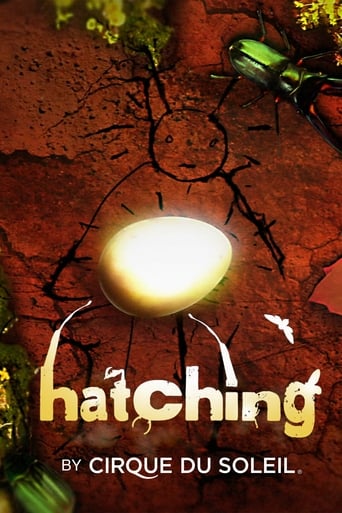
01 Jan 2013

A Documentary on the Creation of OVO, by Cirque du Soleil
In this playful essay film, the filmmaker investigates our culture's discomfort with all things many-legged.
01 Jan 1954
No overview found
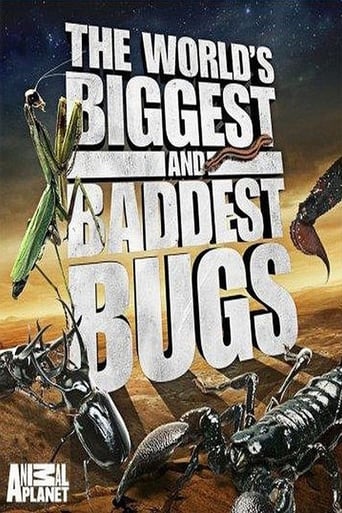
07 Apr 2009

The World's Biggest and Baddest Bugs, follows host Ruud Kleinpaste, as he embarks on an entomological odyssey around the globe in search of the ultimate biggest and "baddest" creepy crawlies. The World's Biggest and Baddest Bugs will then profile the "stars" of the show, with Ruud explaining in his audience-friendly style exactly what makes them so amazing.

07 Dec 2023

No overview found
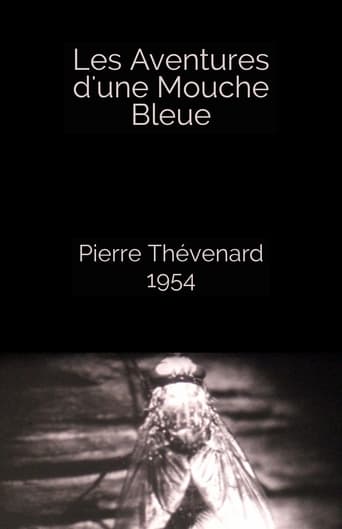
01 Jan 1954

This film was produced as an extension of a research film on the metamorphosis of the fly. It successively shows the hatching of the eggs, the nutrition and growth of the larvae, swarming and underground penetration, the formation of the pupa, metamorphosis and organization of the adult insect.
01 Jan 1908
No overview found
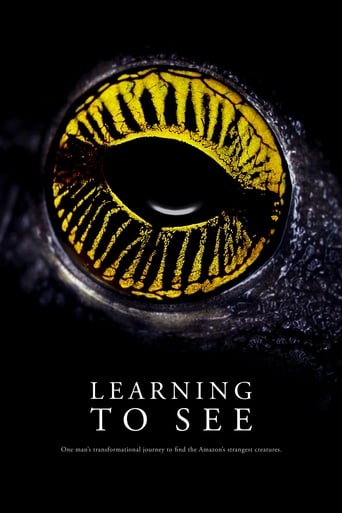
13 Mar 2016

Struggling with a mid-life crisis, Robert Oelman leaves his psychology career in the early 1990s to photograph rare and exotic insects. After moving from the United States to Colombia, he forms a special bond with his subjects in the Amazon rainforest. This connection enables him to make striking photographic images of new and undocumented species. After more than 20 years of traveling, searching, and photographing, his quest culminates with a New York City gallery show where he finally shares his images with the public.
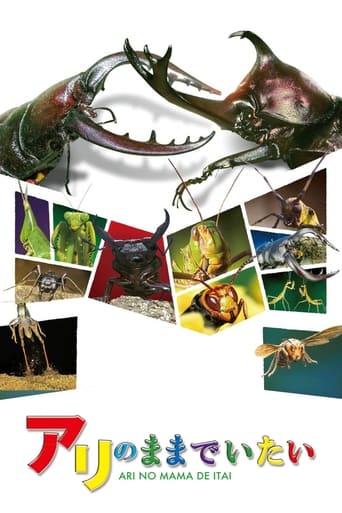
11 Jul 2015

Satoshi Kuribayashi and his team filmed the insects for over an astonishing 430 days, resulting in breathtaking images and scenes from a still fairly unknown world. Watch a mantis sneak up on its prey and catch it with its razor sharp claws. Experience a deadly, thrilling wasp fight. Sit back and watch the world of the insects unfold before you like you have never experienced it before.
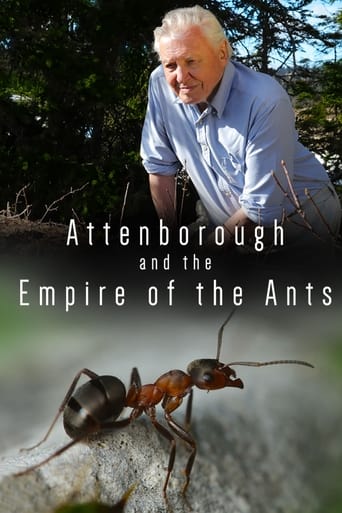
28 Dec 2017

Sir David Attenborough is in the Swiss Jura Mountains to discover the secrets of a giant. Beneath his feet lies a vast network of tunnels and chambers, home to a huge empire of ants. It is believed to be one of the largest animal societies in the world, where over a billion ants from rival colonies live in peace.
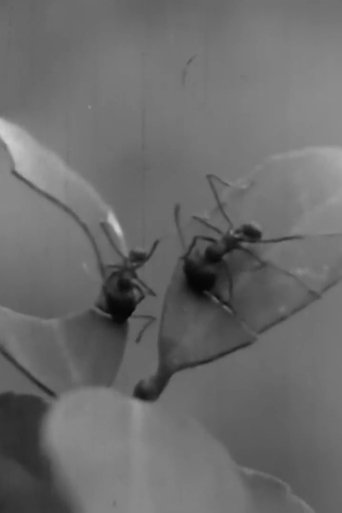
01 Jan 1939

Ages before man proclaimed himself a superior being, the tiny ant had developed the art of agriculture — a practice which was later to be the backbone of human society.

01 Mar 2009

Untangling the web of cultural and historical ties underlying Japan's deep fascination with insects.

23 Nov 2018

No overview found
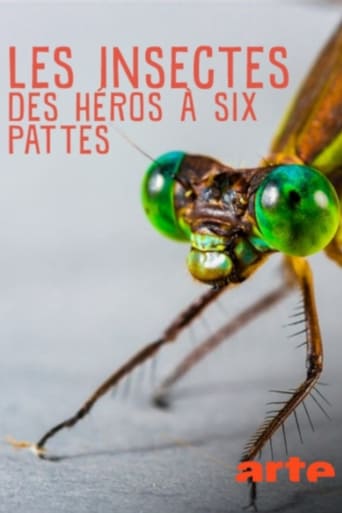
29 Apr 2017

Over the course of evolution, insects have developed abilities that amaze us humans. The small "notched animals", the Latin translation of the word Insecta, are the most successful creatures on this planet. The documentary shows how insects can help solve some of the biggest problems of our time.
19 Mar 2013
In 1908, amateur naturalist and pioneering filmmaker Percy Smith stunned early cinema goers with his footage of the juggling fly. Hailed as the father of Natural History film, Smith was a hugely influential visual pioneer, inventing many techniques that are still used today. Being both a genius and an eccentric, we follow his life from his earliest films, to the collapse of his house from his mould experiment to his ultimate suicide. We also meet Natural History icon Sir David Attenborough, who was so amazed by Smith’s films in the 1930s that they inspired him to get into natural history.

01 Jan 2018

This documentary focuses specifically on insects. Giving you an unbelieveably up close and intimate view of the many unique secrets of the bug world. Answering scientific questions on how and why they have evolved certain bizarre adaptations, whilst using stunning imagery never seen before.

17 Sep 1931

The courtship rituals of animals and plants are compared to those of contemporary society, with educational and frequently humorous results.

23 May 2022

This is the story of a vegetable garden, from the first seeds to the harvest. But this garden is different, because here the gardener has decided to banish pesticides and other chemicals, and to be helped only by discreet workers, the insects. As we dive into the heart of this plant kingdom, we discover thousands of tiny lives that organize themselves as in a micro-society: decomposing insects, recyclers, pollinators, the workers of the garden work to maintain a fragile balance within the vegetable garden. As the plants grow and begin to produce their first vegetables, the incredible interactions between insects and plants help protect the future harvest. But it is also their personal stories that punctuate the life of the garden. Between parades, mutual aid and attempted putsch, the story of the vegetable garden thus takes the form of a true nature tale.